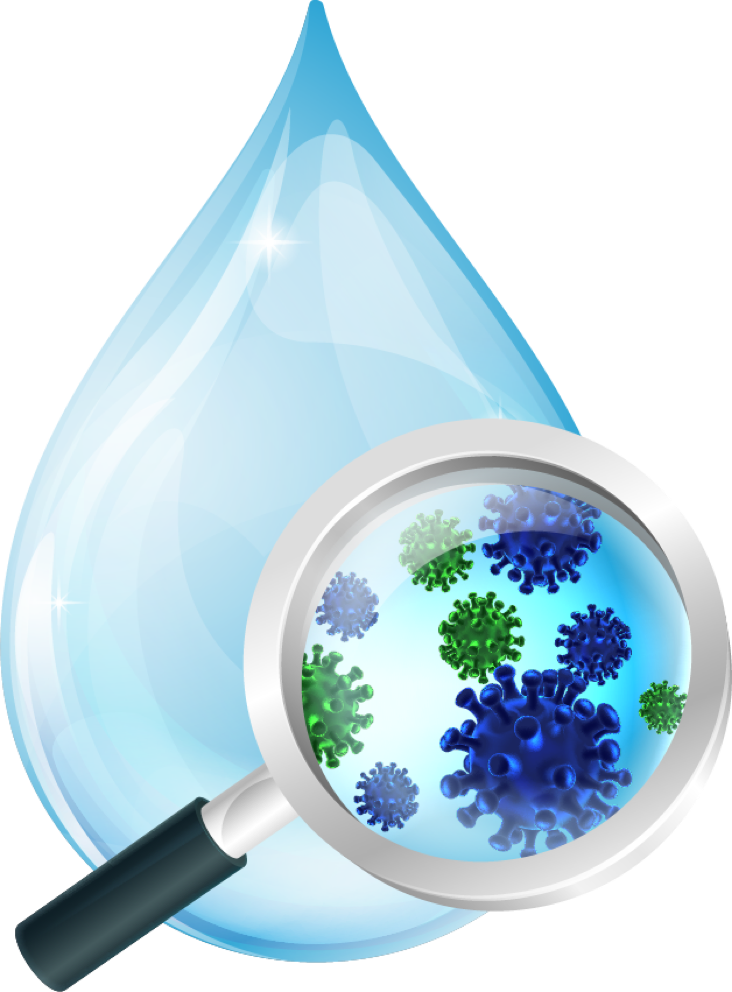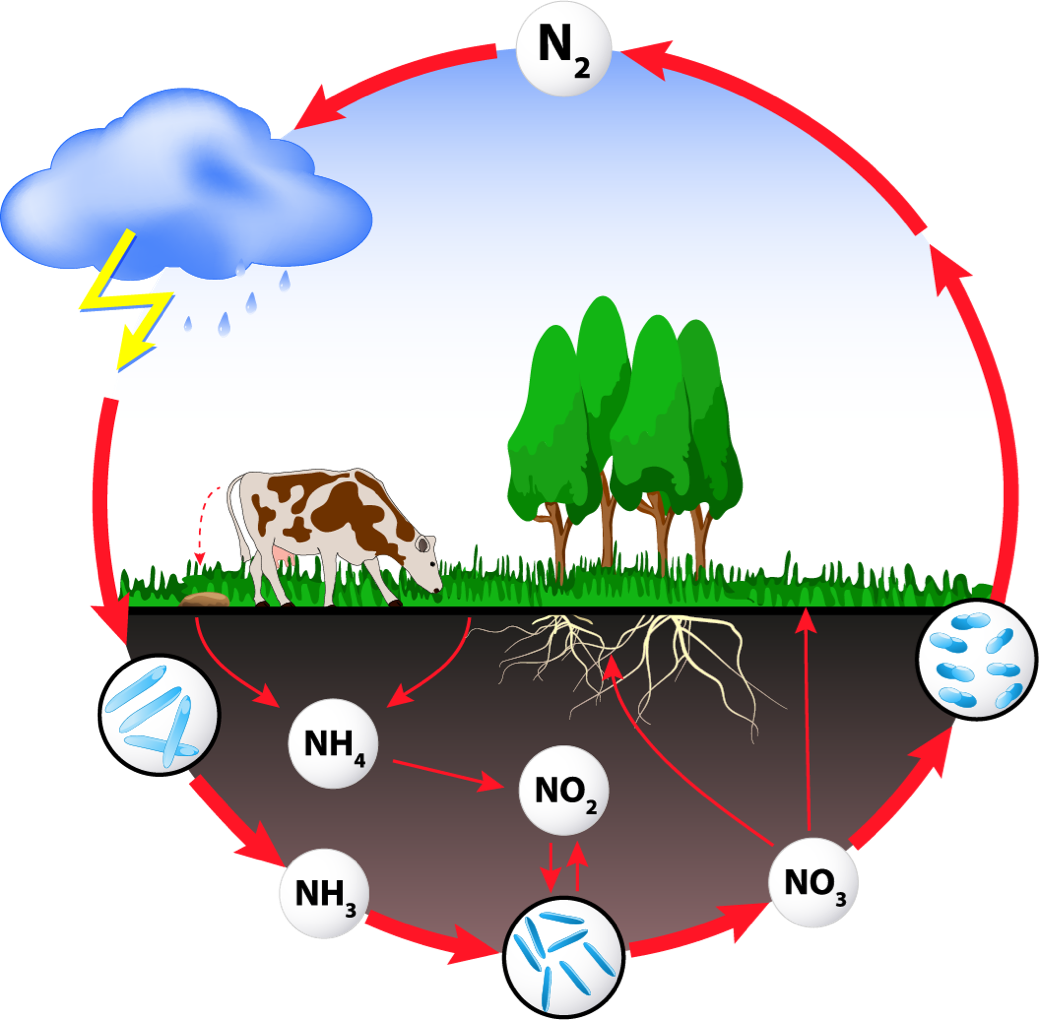Well water
well water
What you can not find in Public Water Networks, but can be present in Well Water
BACTERIA
They're present in the well water quite often. These are mainly Coliform Bacteria, Enterococci and E.coli. They enter the well from the groundwater through runoff from fields fertilized with cow or other manure or, quite often, through leakage from old cesspools that are still common in the village. Along with the bacteria, nitrates or nitrites or ammonium salts are very often found - these products also point to the same source of pollution - the cesspit.
If you drink such water, expect at least digestive and intestinal problems. Healthy and strong individuals can tolerate it in the short term, but immunocompromised people, children and the elderly are at risk of developing complications and they can be serious. This is why the European standard does not tolerate Bacteria and has set zero limits. In waterworks, bacteria are mainly killed with chlorine, chloramine or ozone.
There are several methods to combat Bacteria. The use of UV lamps or preparations containing silver is quite common. On the H2O nanotec webshop you can find a more modern and better way of removing bacteria - ultra-filtration. While irradiation or silver will usually reliably kill the bacteria, they remain dead along with their metabolites in the water you drink.
Ultra-filtrations removes all Bacteria and the Water is really clean. Reverse osmosis removes bacteria just as well Reverse Osmosis.


IRON AND MANGANESE
Both of these elements usually occur simultaneously. While small amounts are harmless, higher concentrations cause the water to have an "iron taste". At higher concentrations, the water is unpalatable and leaves rust traces, in particular white linen takes on a yellowish (iron) or greyish (manganese) colour. The iron and manganese in the water are usually leached from the geological bedrock and only very rarely is there industrial pollution.
There are several methods to remove manganese and iron here as well. There are special iron and manganese filters that oxidize the divalent metals. But we prefer ion exchangers that reliably remove both elements. Since iron and manganese need to be removed not only for drinking but also for laundry etc., we are convinced that only a whole-household solution is effective.
H20 nanotec has on offer Filters for the whole House. Equally good in eliminating iron and Manganese is Reverse Osmosis.
NITRATES AND NITRITES
Nitrate and nitrite pollution is often associated with elevated concentrations of Ammonium ions and Bacteria. Nitrates and nitrites are formed by the oxidation of urea and ammonium ions that enter the water from fields and septic tanks. Some nitrates, such as sodium or ammonium in particular, are also used as nitrogen-rich fertilisers. It is suspected that nitrites in particular may have a carcinogenic effect.
Nitrites and nitrates can easily metabolise one into the other and therefore the same warning applies to nitrates. Nitrite has been shown to bind to haemoglobin. This can be particularly problematic for infants and can lead to breathing difficulties and "blue lips". At extreme concentrations, suffocation may occur.
The best method for eliminating Nitrates and Nitrites is Water Softeners, Reverse Osmosis can also be used Reverse Osmosis.


HIGHLY MINERALIZED WATER (HARD WATER)
When water flows through limestone bedrock, the carbon dioxide dissolved in it converts insoluble calcium carbonate (limestone) into calcium bicarbonate, which is soluble in water. The water is thus highly mineralised. When such water is heated, the calcium bicarbonate is again broken down into carbon dioxide and calcium carbonate. The latter is deposited in the form of limescale, especially in places where water is heated, i.e. boilers, washing machines, pots, heating coils, etc. Over time, it coats the heating element so much that it destroys the appliance. There are various methods of softening water - magnetization, where aragonite crystal form is said to be induced instead of calcite. After passing through a magnet, a calcium carbonate powder is then formed which no longer settles on the fluxes.
More elegant way is the use of Ion Exchange Resins. Resin eliminates from the Water the majority of Calcium and Magnesium Ions and the degree of this elimination can be regulated. H2O nanotec offers Water Softeners for the whole House. They get rid of the problems with Hard Water forever. Alternative, you can use also reverse osmosis, but RO produces only relatively small quantities of Water just for drinking or cooking.


